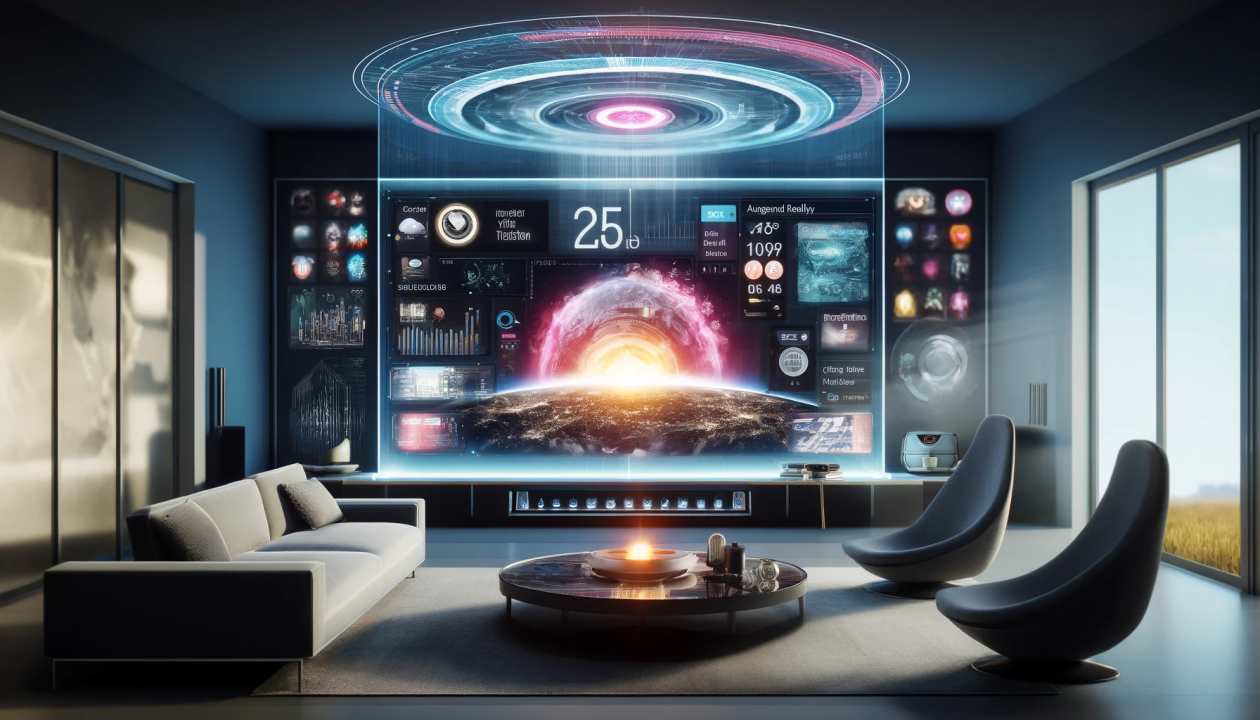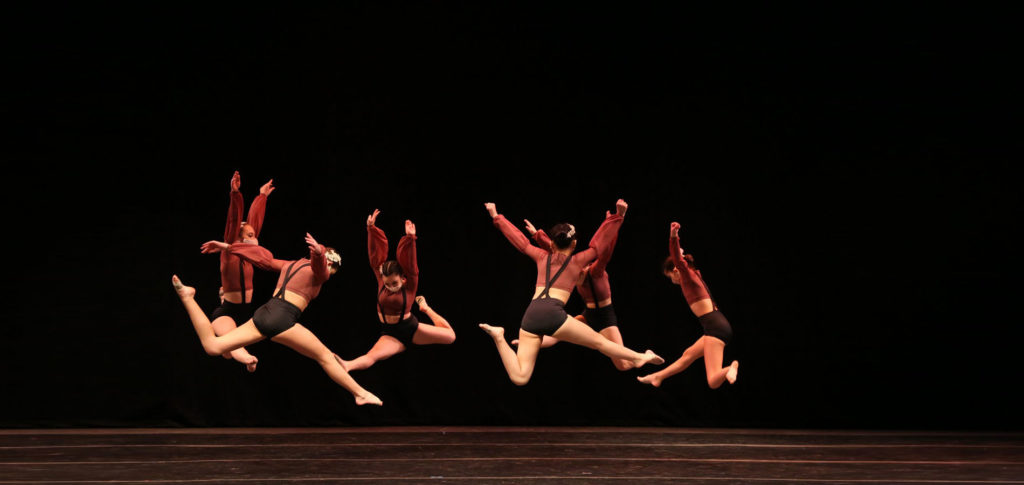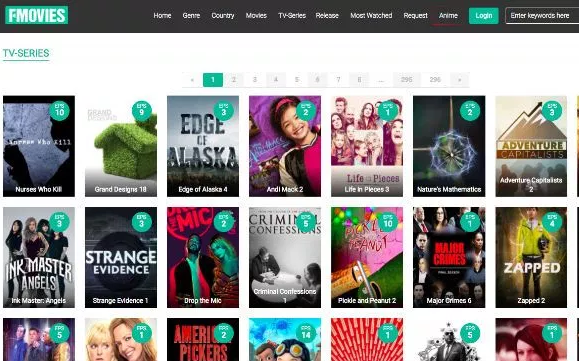Focus Your Energy With Calming Digital Piano Rhythms And Structure
Focusing your energy through calming digital piano rhythms and structure can be an incredibly effective way to create a peaceful atmosphere conducive to relaxation and concentration. The gentle, flowing nature of the digital piano’s sound can help to ground your thoughts and encourage a state of mindfulness, which is essential for both mental clarity and emotional balance. By tapping into the harmonies and rhythms of the piano, you can establish a rhythm within your mind, guiding your thoughts in a more structured, controlled manner. This structure, in turn, helps to cultivate a sense of calm, allowing you to concentrate better on your tasks and navigate through the complexities of your day with more ease. The digital piano, with its soft yet clear tones, creates a smooth auditory backdrop that does not overwhelm the senses. Unlike more intense or jarring music, its subtle melodies have the power to both soothe and focus the mind, making it an ideal tool for setting the tone of a focused work session or a meditative retreat.

The precision of the notes, combined with the fluidity of their progression, mirrors the rhythm of natural processes, which can be incredibly grounding. Whether you are reading, working, or simply reflecting, the piano’s steady pulse allows you to be present, keeping distractions at bay while nurturing a sense of serenity. Moreover, the repetitive yet evolving nature of piano rhythms offers a form of structured engagement. The repetition creates a calming predictability, while slight variations in the melody and rhythm introduce a gentle dynamic that keeps the mind engaged without feeling overwhelmed. This balance of stability and movement mirrors the human experience of both grounding and growing, making it easier for individuals to maintain focus and inner peace and look over at this website. The digital piano’s adaptability further enhances its appeal, as it can seamlessly transition from light, airy tones to deeper, more resonant sounds depending on the listener’s mood or the task at hand. Incorporating calming digital piano music into your environment does not have to be reserved for moments of deep focus alone.
It can also serve as an intentional break, offering a moment to recalibrate and reset when feelings of stress or distraction arise. The slow, deliberate pacing of piano melodies offers a restorative quality that allows the mind to let go of unnecessary tension. Even for those with high-energy or demanding schedules, taking just a few minutes to close your eyes and listen to a gentle piano piece can provide a sense of relief and a renewed sense of clarity. Ultimately, the key to fully benefiting from the calming power of digital piano rhythms lies in consistency and intention. When you make a conscious effort to integrate this type of music into your routine, whether during work, study, or leisure, you create a habitual anchor for your thoughts and emotions. Over time, this can lead to improved concentration, better stress management, and an overall sense of well-being. By choosing rhythms and melodies that resonate with you personally, you can craft a musical environment that enhances your ability to stay focused, calm, and productive throughout your day.






